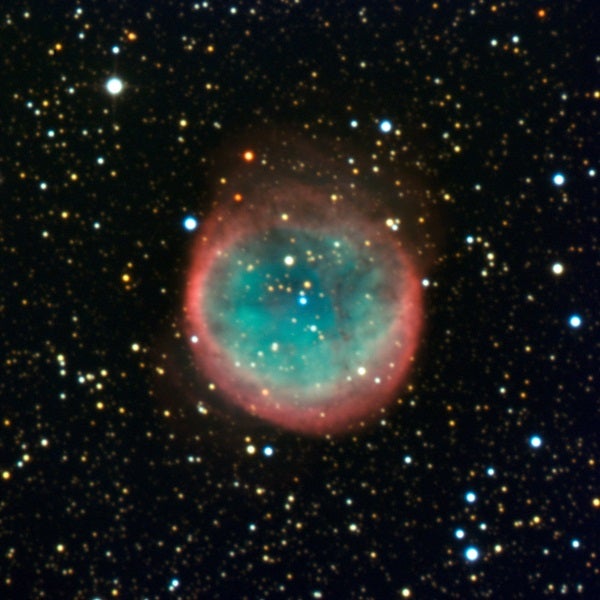In the February article, “New light on our Sun’s fate,” astrophysicist Jason Kalirai explains how stars like the Sun lose mass through their evolution. Such a star pulsates during various life stages, shedding material as it does so. Near the end of its life, it also blows off a substantial amount of its outer layers, which amounts to anywhere from 30 to 80 percent of the star’s original mass. Radiation from the star’s leftover dense core — now called a white dwarf — causes the shed material to glow. The result: a beautiful planetary nebula.
Astronomers know of about 3,000 of these stellar end-states in the Milky Way Galaxy. The gallery below shows 10 of the most striking planetary nebulae.










